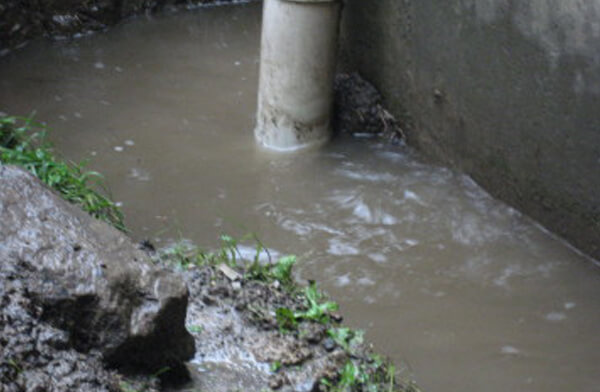Overview To Water Leak Detection At Home
Overview To Water Leak Detection At Home
Blog Article
They are making a few great pointers relating to Leaking water lines in general in this great article which follows.

Early detection of leaking water lines can mitigate a potential catastrophe. Some small water leakages might not be visible.
1. Analyze the Water Meter
Every house has a water meter. Checking it is a guaranteed way that aids you discover leaks. For starters, switch off all the water resources. Ensure nobody will flush, use the faucet, shower, run the cleaning machine or dish washer. From there, go to the meter as well as watch if it will alter. Considering that no one is utilizing it, there need to be no activities. That shows a fast-moving leak if it relocates. Likewise, if you find no changes, wait a hr or 2 as well as examine back once again. This implies you might have a slow leakage that can also be underground.
2. Inspect Water Intake
If you spot unexpected changes, despite your intake being the same, it implies that you have leakages in your plumbing system. A sudden spike in your costs indicates a fast-moving leak.
Meanwhile, a stable boost on a monthly basis, despite having the exact same practices, shows you have a slow leak that's also slowly intensifying. Call a plumber to completely examine your property, specifically if you feel a cozy area on your flooring with piping below.
3. Do a Food Coloring Test
When it comes to water usage, 30% comes from commodes. If the shade somehow infiltrates your dish throughout that time without flushing, there's a leakage in between the storage tank and dish.
4. Asses Exterior Lines
Don't fail to remember to inspect your exterior water lines as well. Test faucets by connecting a yard tube. Needs to water permeate out of the link, you have a loosened rubber gasket. Replace this and also ensure all links are limited. If you've obtained a lawn sprinkler, it will aid get it professionally examined as well as kept every year. One tiny leakage can squander lots of water as well as spike your water expense.
5. Assess the situation and also inspect
House owners should make it a routine to inspect under the sink counters and also inside cupboards for any kind of bad odor or mold development. These 2 red flags indicate a leakage so timely focus is called for. Doing regular examinations, also bi-annually, can conserve you from a significant problem.
More importantly, if you recognize your house is already old, keep a watchful eye on your heaters, tubes, pipelines and so on. Check for discolorations and also weakening as many appliances as well as pipes have a life span. They will certainly likewise normally wear away due to damage. Do not wait for it to escalate if you suspect dripping water lines in your plumbing system. Call an expert plumber right now so you don't end up with a dreadful mess in your home.
Early discovery of dripping water lines can minimize a possible catastrophe. Some little water leaks might not be visible. Inspecting it is a surefire method that aids you find leaks. One tiny leak can throw away bunches of water and also spike your water bill.
If you presume dripping water lines in your plumbing system, don't wait for it to rise.
WARNING SIGNS OF WATER LEAKAGE BEHIND THE WALL
PERSISTENT MUSTY ODORS
As water slowly drips from a leaky pipe inside the wall, flooring and sheetrock stay damp and develop an odor similar to wet cardboard. It generates a musty smell that can help you find hidden leaks.
MOLD IN UNUSUAL AREAS
Mold usually grows in wet areas like kitchens, baths and laundry rooms. If you spot the stuff on walls or baseboards in other rooms of the house, it’s a good indicator of undetected water leaks.
STAINS THAT GROW
When mold thrives around a leaky pipe, it sometimes takes hold on the inside surface of the affected wall. A growing stain on otherwise clean sheetrock is often your sign of a hidden plumbing problem.
PEELING OR BUBBLING WALLPAPER / PAINT
This clue is easy to miss in rooms that don’t get much use. When you see wallpaper separating along seams or paint bubbling or flaking off the wall, blame sheetrock that stays wet because of an undetected leak.
BUCKLED CEILINGS AND STAINED FLOORS
If ceilings or floors in bathrooms, kitchens or laundry areas develop structural problems, don’t rule out constant damp inside the walls. Wet sheetrock can affect adjacent framing, flooring and ceilings.
https://www.servicemasterbyzaba.com/blog/how-to-detect-water-leakage-in-walls/

We are very serious about Locating water leaks and I really hope you enjoyed our article. In case you enjoyed our blog entry kindly do not forget to share it. Thanks for your time. Visit again soon.
Report this page